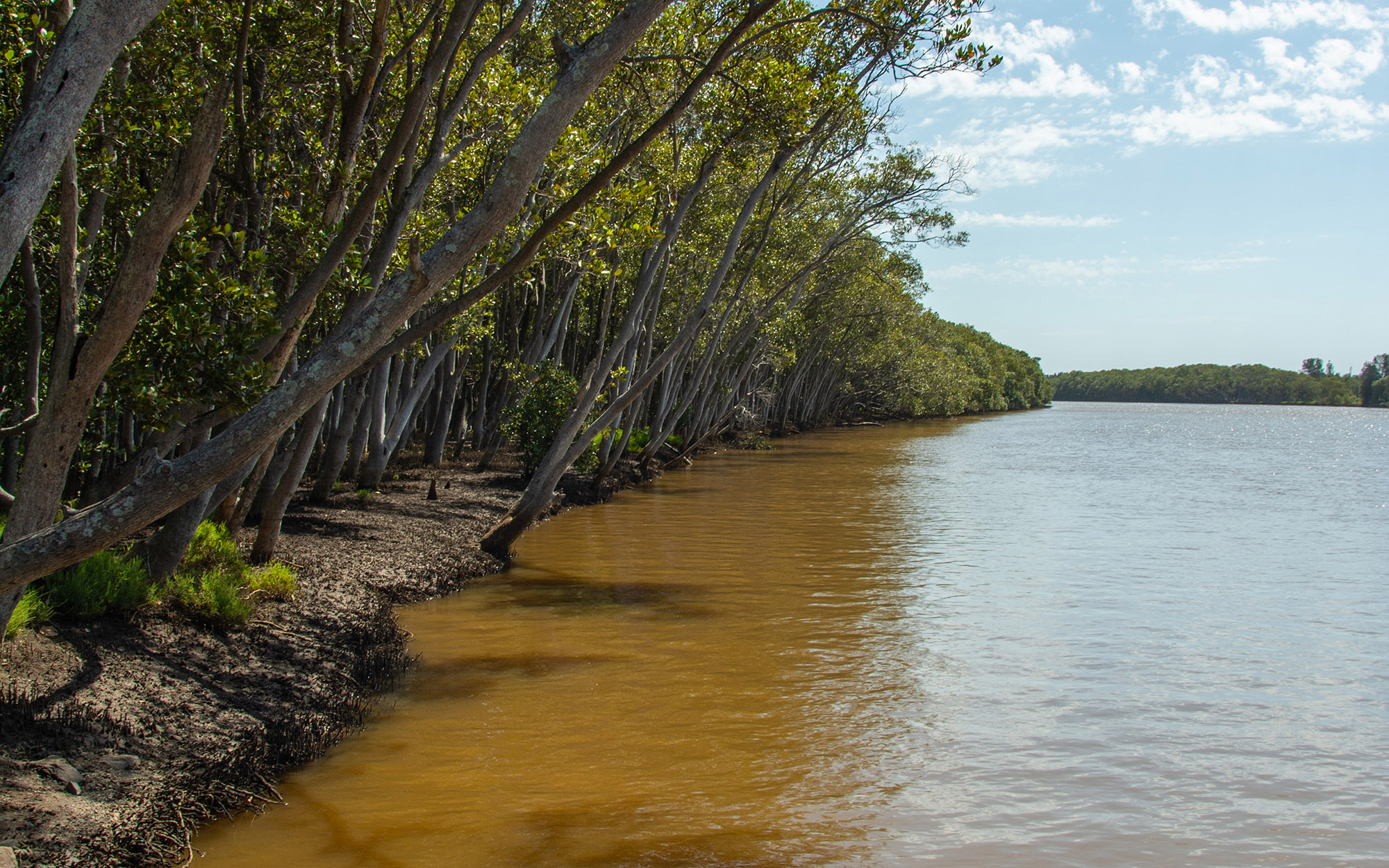How we allocate water
Water sharing plans are developed by the department in consultation with the community to determine how much water can be extracted over the long-term and how much needs to be set aside for the environment.
The volume of water licensed users can have, known as an allocation or available water determination (AWD), varies from year to year based on the licence category and size of their individual entitlement. This allocation is dependent on a range of factors including dam storage levels, river flows and catchment conditions.
Available water determinations for groundwater rely on a different range of factors. Visit groundwater for more information.
The main licence categories, in order of priority are:
- domestic and stock
- town water supply
- high security
- conveyance
- general security.
How is water in NSW allocated?
When determining how much water will be allocated to water users in NSW, there are number of considerations taken into account.
Principles for allocating regulated river water in NSW
There are a range of factors that influence how water is allocated in regulated river systems. These include the physical amounts of water available and predicted to be available through further inflows and the legal requirements, such as the priorities for sharing water under the Water Management Act, including water for the environment. At times, restrictions may need to be placed on water in users’ accounts if conditions worse than planned for eventuate. For more information visit principles for allocating regulated river water in NSW.
Supplementary access
Supplementary water, formerly known as off-allocation water, is effectively surplus flow that cannot be captured, or ‘re-regulated’, into storage. As soon as these conditions are identified for a particular river, a period of supplementary access is announced and details of the river reaches and time periods for supplementary access are published. Read more about supplementary water. In addition to event-based announcements, an available water determination (AWD) is made at the commencement of each water year for supplementary water access licences. This AWD defines the maximum volume that can be taken in that year prior to trades. This is normally 1ML/share however may be reduced if compliance action is required due to diversions exceeding allowable limits.
Supplementary allocation reductions for Gwydir and Border Rivers
In some valleys, there is provision to provide a reduced allocation on 1 July, initially to supplementary access license holders, in response to an exceedance of the Long-term Average Annual Extraction Limit (LTAAEL). The intent is that this will drive water usage back to within long-term limits.
This occurred in the regulated Gwydir and Border Rivers systems where supplementary access license holders were allocated 21% and 74% respectively on 1 July 2022. Later that year, when floodplain harvesting licenses were commenced, the valley-take was re-calculated to be within limits. Subsequently, supplementary access entitlements were increased to the full (100%) allocation.
As part of obligations under NSW water sharing plans and commitments under the Basin Plan, access to water must remain within a legal limit as outlined in the specific water sharing plan for each valley. This includes compliance with the LTAAEL.
Further details on the reductions can be found on the Frequently asked questions page.
Resource assessment process
When determining how much water will be allocated to water users, there are number of considerations the department takes into account. Learn more about the process of how water is allocated.
Allocations at the start of the water year
At the start of each new water year on 1 July, licensed water users are provided with an opening allocation for each category. This may be anywhere between zero and 100% of their full entitlement.
For most licence categories, if 100% of entitlement is allocated, then there is no more increase in that licence category for the remainder of the water year. However, if a licence holder receives less than 100% of entitlement, then an increase in allocation can occur, if sufficient water becomes available.
Opening allocations for domestic, stock and town water supply are generally 100% unless conditions are very dry with low water in storage.
Full or near full high security allocations are made at the start of all but the very dry years and conveyance allocation is made commensurate with other allocations. This means that the operation of high security water delivery will align with a reduced conveyance allocation.
General security licences are the last to receive allocations and are therefore the least secure licence category. They can start the year with low or zero allocation and typically receive incremental improvement as the year unfolds commensurate with rainfall and run-off. General security licences are the most susceptible to seasonal climatic variations.
Water is allocated by assessing the supply, assessing existing commitments, assessing for available water determination (AWD) and announcing the AWD.
Supplementary water is surplus flow that can't be captured or ‘re-regulated’ into storage.
Managing groundwater and surface water extractions against extractions limits.
Frequently asked questions about the reduced supplementary water access allocations in the Border Rivers and Gwydir.
Water allocation statements
Receive email updates on water allocations and availability across various sources.
Subscribe now